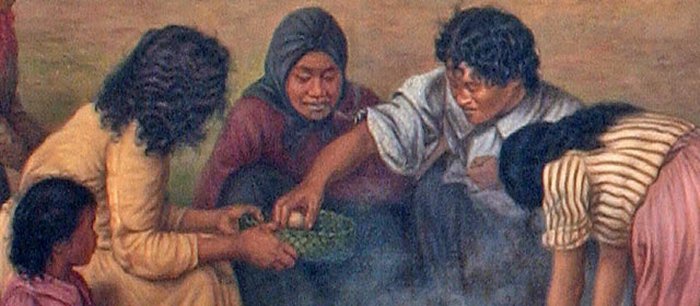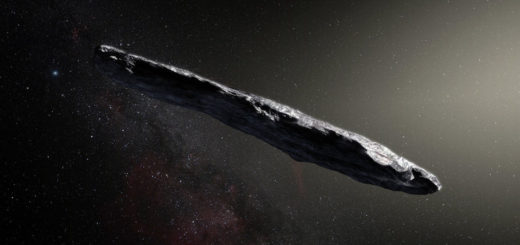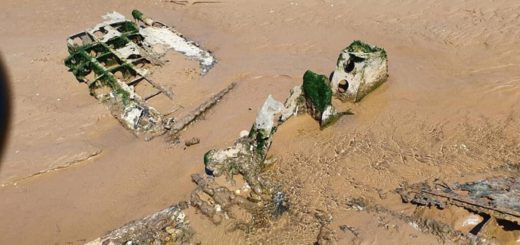Sacred Rivers Whanganui And Ganges Have Been Granted Human Rights After Years Of Battle
The Maori Iwi people in New Zealand have won a long and hard battle. After 170 years, their demands have finally become recognized by the government and their sacred river Whanganui has been granted human rights.
It is the first time in history that a river has been recognized as a living entity! The Whanganui River, which flows 145 kilometers from the central North Island to the sea, is sacred to New Zealand’s Maori Iwi people.

The Maori are the native or indigenous Polynesian people of New Zealand (Aotearoa – The Long White Cloud). They arrived in New Zealand from eastern Polynesia in several waves at some time before 1300 CE.
The iwi (tribe) is the largest of the groups that form Māori society. Each iwi is made up of various hapū (clans or descent groups), which might have up to several hundred members.
In the 1870s, the Whanganui Iwi started to demand that their sacred river should be treated with respect and given the same rights as humans. In 2009, the government began to negotiate with the tribe and now after so many years the Whanganui River has been granted a legal personality.
The Whanganui River has long played a significant role in the culture of the Maori, who live on its banks. Members of the tribe argue that the prosperity of the river is directly related to the well-being of people and they treat the sacred river like one of their ancestors.
“It responds to the view of the Iwi of the Whanganui River which has long recognized Te Awa Tupua through its traditions, customs and practice.
This legislation recognizes the deep spiritual connection between the Whanganui Iwi and its ancestral river and creates a strong platform,” the country’s Minister for Treaty of Waitangi Negotiations Christopher Finlayson said.
“We have always believed that the Whanganui River is an indivisible and living whole — Te Awa Tupua — which includes all its physical and spiritual elements from the mountains of the central North Island to the sea,” Gerrard Albert, a spokesperson for the local Maori people.
“Māori cosmology understands we are part of the universe. The mountains and rivers are our ancestors. Our cultural identity as a people is inseparable from the river — it is more than water and sand, it is a living spiritual being,” Gerrard Albert added.
Just a few days after the announcement from the government in New Zealand, a court in India declared the Ganges river a legal “person” in a fresh effort to save it from pollution. The Ganges is seen as sacred by Hindus, but the river is very polluted and might be too late to save it.
Some aspects of this ruling are still unclear, though. What does a right to life mean for a river or a water body? If it means the right to flow freely, what happens to dams across the Ganges?
Many ancient civilizations and tribes have considered water to be sacred and of spiritual nature. According to Hawaiian myth, Lake Waiau, a small lake on Mauna Kea’s summit on Hawaii’s Big Island a bottomless portal to the spirit world. It’s the remarkable lake where water mysteriously disappeared and was later restored. Water divinities of various kinds appear in the mythologies of many cultures. The water of the River Jordan is sacred because Jesus Christ was baptized in it by Saint John the Baptist. The spring at Lourdes is sacred because of its healing properties in connection with the appearance of the Virgin Mary to Bernadette.
There are many ancient shrines around the world that have been built to praise the element of water. These sacred sites attract hundreds of thousands of people who make regular pilgrimages to participate in water healing rituals.
Modern researchers have discovered that water has a memory far longer than our transient lifetimes.
The behavior of this memory can be compared to our modern CD storing digital data or magnetic tape.
Today, many scholars admit that water is an amazing substance capable of efficient gathering of information from all things as soon as it comes in contact with them!



 Creators of mankind
Creators of mankind Description of “Tall white aliens”
Description of “Tall white aliens” Where they came from?
Where they came from? About hostile civilizations
About hostile civilizations The war for the Earth
The war for the Earth “Tall white aliens” about eternal life
“Tall white aliens” about eternal life Video: “Nordic aliens”
Video: “Nordic aliens” Aliens
Aliens Alien encounters
Alien encounters The aliens base
The aliens base UFO
UFO Technology UFO
Technology UFO Underground civilization
Underground civilization Ancient alien artifacts
Ancient alien artifacts Military and UFO
Military and UFO Mysteries and hypotheses
Mysteries and hypotheses Scientific facts
Scientific facts


















